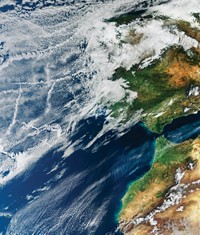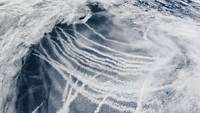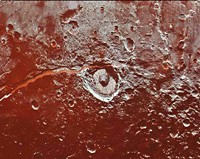Advertisement
Grab your lab coat. Let's get started
Welcome!
Welcome!
Create an account below to get 6 C&EN articles per month, receive newsletters and more - all free.
It seems this is your first time logging in online. Please enter the following information to continue.
As an ACS member you automatically get access to this site. All we need is few more details to create your reading experience.
Not you? Sign in with a different account.
Not you? Sign in with a different account.
ERROR 1
ERROR 1
ERROR 2
ERROR 2
ERROR 2
ERROR 2
ERROR 2
Password and Confirm password must match.
If you have an ACS member number, please enter it here so we can link this account to your membership. (optional)
ERROR 2
ACS values your privacy. By submitting your information, you are gaining access to C&EN and subscribing to our weekly newsletter. We use the information you provide to make your reading experience better, and we will never sell your data to third party members.
Executive Compensation Information Available
Information from the American Chemical Society's 2006 Form 990 is now available to ACS members on www.acs.org. To access the information, please have your ACS membership number handy and follow these instructions: Go to www.acs.org. In the upper right-hand corner, log in. If you are already a registered user, enter your user name and password. If you're a new user, follow the link and register (a process that requires your ACS membership number and takes less than a minute). Once you have logged in, you will see a link titled "Member Information." Click on this link, go to the heading "Your Organization" at the bottom of the screen, and click on the link titled "Access the Compensation of ACS Officers and Key Employees." You will immediately go to the introductory text; the Form 990 is available by clicking on the link at the bottom of the page titled "2006 Compensation Schedules." If you have any problems, contact webmaster@acs.org.
Interesting ideas have been suggested for decreasing atmospheric CO2 content, including the genetic modification of trees (C&EN, Nov. 19, 2007, page 6). However, these would take a long time to have significant effects, if they would ever work at all.
At least three large volcanic explosions are known to have caused global cooling effects by injecting dust and sulfur-containing particles into the stratosphere, reflecting some of the sun's heat: Tambora in 1815, Krakatoa in 1883, and Pinatubo in 1991. We could emulate these on a small scale by pumping an aqueous dispersion of fine clay (or possibly titania pigment) out of a refueling-type airplane at high altitude. If a desirable effect were measurable, a much larger experiment could be done, such as exploding a nuclear bomb in a ship full of clay.
Pinatubo seems to have caused a worldwide drought, according to the Aug. 17, 2007, National Geographic News (news.nationalgeographic.com/news/2007/08/070817-volcano-warming.html). On the other hand, in "Year without a Summer" (en.wikipedia.org/wiki/Year_without_a_summer), the Tambora explosion is reported to have caused more rainfall than usual. Weather modification experiments that the National Aeronautics & Space Administration could do for achieving global cooling would be smaller than the volcanoes, and they could involve different materials so that negative effects on rainfall might be avoided. Let's encourage our government to do such things instead of more Mars probes and Space Station exploits.
Daniel J. Shanefield
Honolulu





Join the conversation
Contact the reporter
Submit a Letter to the Editor for publication
Engage with us on Twitter